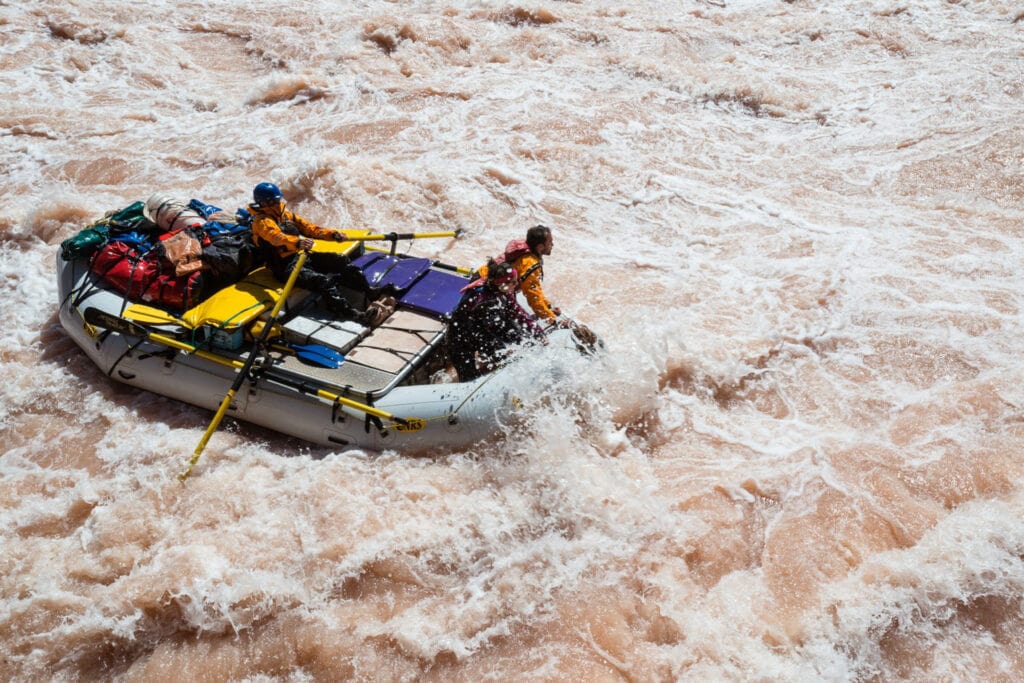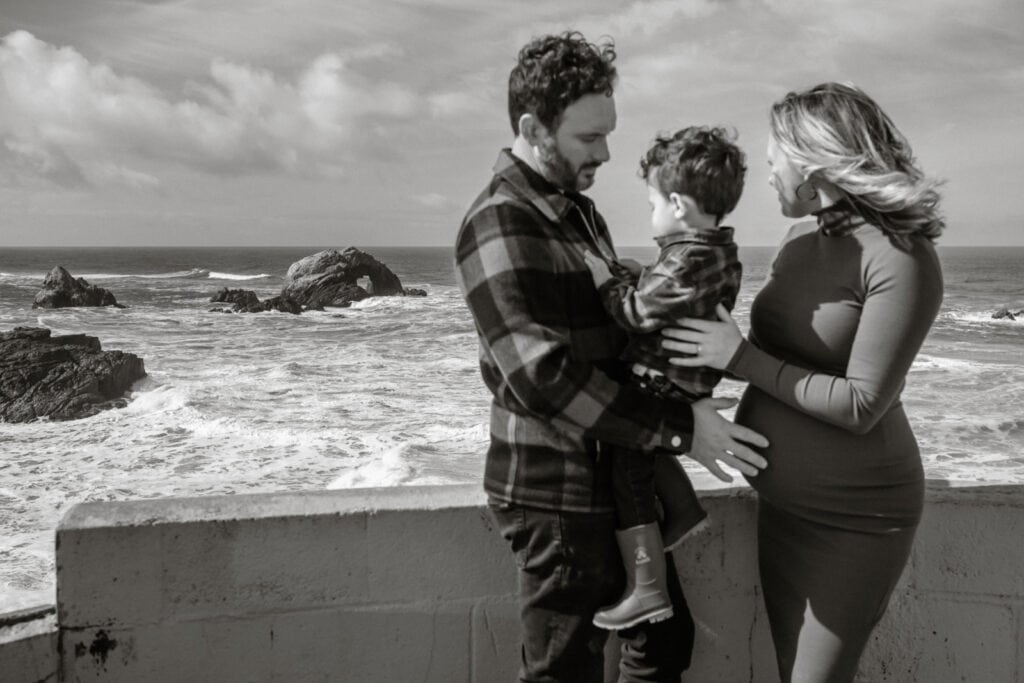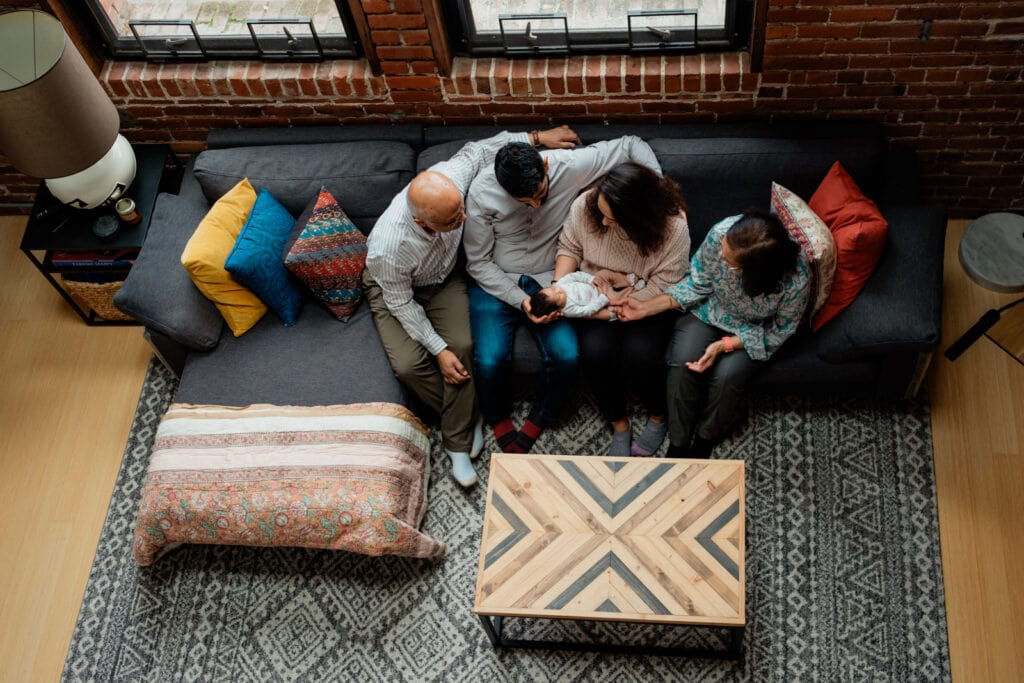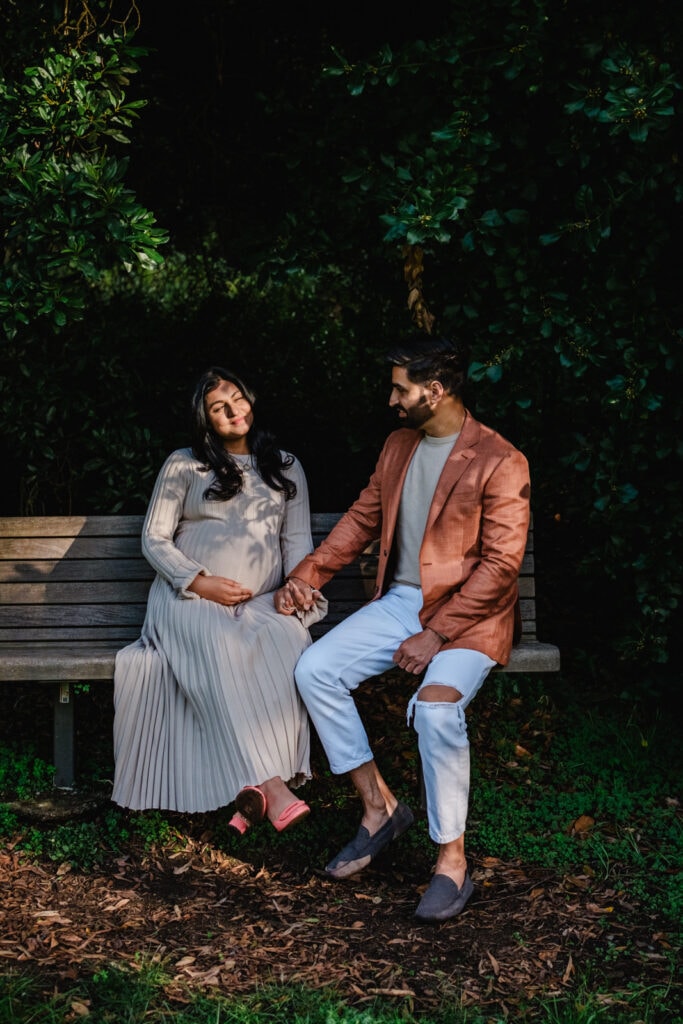
“In a nutshell, when you engage in a story, there is very little difference between hearing it or seeing it…and living it.“

I have a rotating desktop photo, pulled randomly from a folder full of my all-time personal favorites, and this one popped up today. It made me pause and think hard about how much power memories can have over us, but also how much control we have in the way they are remembered.
Ten years ago I was living a life dedicated to being outside. And this photo takes me back to a moment at the pinnacle of that personal era. That’s me on the oars in the middle of the most notorious rapid of arguably the world’s most coveted river trip – Lava Falls in the Grand Canyon. We spent 25 days floating it’s entirety.
I’m just coming out of what must be a typical struggle for many new parents – identity shift. I am not entering the lottery for a Grand Canyon river permit this year, or next, or the next. I did not go backpacking this summer, and more than once this winter I have opted out of big, quality surf at Ocean Beach. These may seem like petty complaints (they are) but they also represent pretty seismic shifts in my identity.
A month ago, this photo would have felt taunting. But within the past few weeks I have (and I wish I knew why so that I could tell you) made new peace with these memories. Today, instead of representing a life I used to live, this photo feels like opening a treasure chest. A vault of incredible experiences that I can access at any time and relive at any moment by simply looking at a picture. A reminder that time doesn’t diminish an experience or a feeling.
Memory is powerful and it has the potential to affect our reality deeply. We have to take care of our memories. And while I won’t be trying to convince you that photos make memories, I do believe deeply that they shape them.
When podcasts first came out, I was a diehard Radiolab fan. There was a particular episode about the relationship between storytelling and memory that informs the way I live to this day. They dive into a neurology study in which brain activity is mapped for both the person telling a story and the person listening.
Then they asked the listeners to recount the story. Interestingly, beautifully, the people who best recounted the story had brain mappings that mirrored those of the storyteller. In a nutshell, when you engage in a story, there is very little difference between hearing it or seeing it and living it.
You can see that how we photograph our families, how we show our children the images, and the stories we tell about them, really does shape how they are remembered. And in a way, how they are lived.
Family photographers don’t write your story. But they do witness it and interpret it and then reflect it back to you. They necessarily filter it through their own life experiences and personalities and photography equipment and editing preferences. When they deliver a gallery filled with images telling that story, they are handing you an interpretation – one that I would argue strongly affects the way you will remember that season for your family.
Click a gallery below to see how I interpret the stories of a few local San Francisco families.
P.S. Here is the link to that Radiolab podcast. Seriously one of my favorites of all time. I would love to hear what you think of it!

Family Session Galleries
(click to view)


